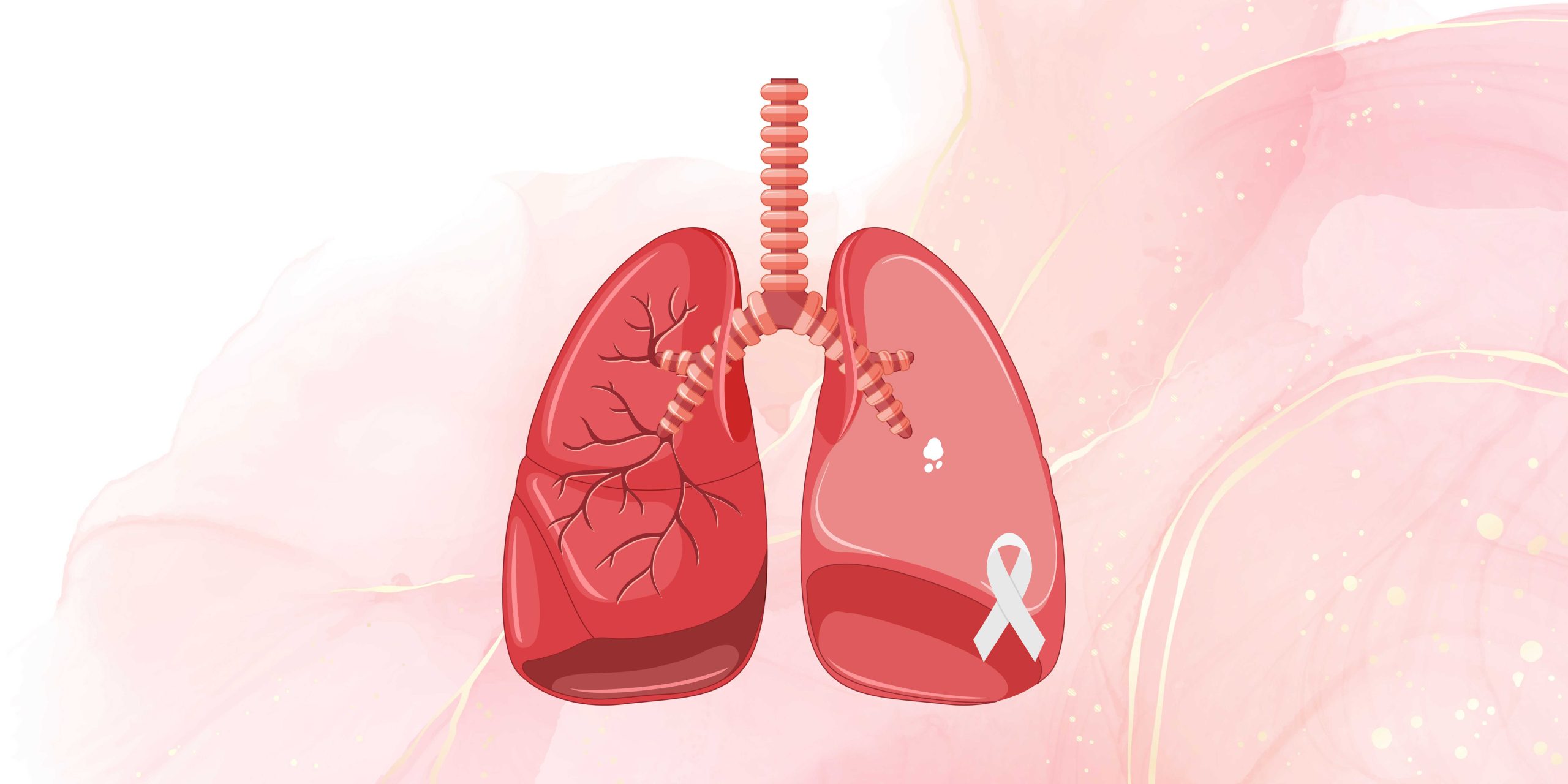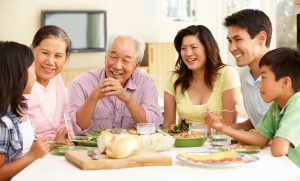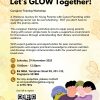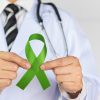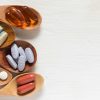In Singapore, a health survey done from 2017 to 2021, reported that lung cancer is the third most common cancer among the population. It is the first cause of death for men and it is the third cause of death for women (1). The types of treatments for lung cancer are surgery, chemotherapy, radiotherapy, targeted therapy and immunotherapy (1). The oncologist would advise the treatment according to the stage and the severity of the cancer.
Side Effects
The common side effects the patients experienced varied by treatments they had undergone. Subject to different body responses to the treatment, they might be experiencing these side effects with varying degrees of severity (2).
Surgery
Patients may experience a temporary decrease or loss of appetite. Breathing may be difficult for short periods and pain after surgery (1).
Radiation Therapy
Patients may encounter discomfort when swallowing, heartburn, fatigue, and dry skin that resembles sunburn and can be painful (2).
Chemotherapy
Patients may suffer anemia, fatigue, breathing harder, or dizziness. Lower immunity, mouth ulcers, nausea, vomiting, constipation and hair loss are common side effects too (2).
Targeted Therapy
Patients may face breathing difficulty due to the drug. They could have an acne-like rash, diarrhea, nausea or vomiting, and fatigue one of the common complaints (2).
Immunotherapy
Patients may experience flu-like symptoms, pain at the needle insertion site, nausea, vomiting and rashes (3).
Lung Cancer: Tips for boosting your health nutritiously
With the long list of side effects occurring during and after the treatments, their food intakes were negatively impacted, hence, many lung cancer patients suffered malnutrition. A frequent question is how to increase their food intake and at the same time raise their immunity. It can be quite challenging to find the balance between eating sufficient food and upholding the nutritional values of food. A few healthy eating suggestions to assist those who are going through treatments or are now on the recovery journey.
Tips for healthy eating:
- Consume good quality protein, such as lean meats, eggs, and oily fish are good sources of protein (4). The B12 in the meats aids the reproduction of red blood cells (5). For plant-based protein, you can opt for soy products and legumes.
- Ginger is known for counter-acting the nauseousness. You may include wolfberries while making the ginger tea for a hint of sweet taste.
- Include vegetables and fruits high in beta-carotene such as pumpkin and sweet potatoes in your daily meals (6). According to research, beta carotene, the precursor of Vitamin A, positively impacts the B and T cells proliferation rate (7).
Foods that are rich in carotenoids and retinoids have proven to aid the production of white blood cells which increase the immunity of the body to fight against bacteria and viruses. Carotenoids and retinoids are commonly found in yellow, red, and orange colour vegetables and fruits (8)(9).
In conclusion, there are many undesirable side effects during and after treatments and can be a stressful time for the patients and caregivers. A nutritious diet can be simple and have good positive outcomes for health. The good sources of protein that aid red blood cell production and vegetables rich in beta-carotene increase the white blood cell count and overall immunity.
A gentle reminder that these tips are for general advice and not for specific and complex conditions. Kindly consult your oncologist or registered dietitian for personalised dietary advice. You can reach out to our in-house dietitians for personalise advice. Alternatively, for more wholesome meal ideas, you may explore our collection of 365 healthy recipes too!
Reference list:
-
Lung Cancer – Conditions & Treatments [Internet]. [cited 2024 Jul 05]. Available from: https://www.singhealth.com.sg/patient-care/conditions-treatments/lung-cancer#:~:text=Over%20a%20five%2Dyear%20period
-
CANCER TYPE a Guide for People with Cancer, Their Families and Friends Understanding Lung Cancer [Internet]. [cited 2024 Jul 05]. Available from: https://www.cancer.org.au/assets/pdf/understanding-lung-cancer-booklet-2022
-
Immunotherapy Side Effects [Internet]. [cited 2024 Jul 05]. Available from https://www.cancer.gov/about-cancer/treatment/types/immunotherapy/side-effects
-
Boye, J., Wijesinha-Bettoni, R., & Burlingame, B. Protein quality evaluation twenty years after the introduction of the protein digestibility corrected amino acid score method. The British journal of nutrition 2012, 108 Suppl 2, S183–S211. https://doi.org/10.1017/S0007114512002309
-
Green R, Miller JW, Zemplini J, Rucker RB, Suttie JW, McCormick DB. Vitamin B12.: Handbook of vitamins. (2nd ed) Boca Raton 2007, FL: CRC Press. p. 413–57
-
Gridely B. Foods to boost white blood cells (Immunity). Ironwood Cancer & Research Centers 2022. https://www.ironwoodcrc.com/foods-to-boost-white-blood-cells-immunity/
-
Miller A.P., Coronel J. & Amengual J. The role of B-carotene and vitamin A in atherogenesis: Evidences from preclinical and clinical studies. Elsevier 2022. 1865(11). https://doi.org/10.1016/j.bbalip.2020.158635
-
Jideani, A. I. O., Silungwe, H., Takalani, T., Omolola, A. O., Udeh, H. O., & Anyasi, T. A. kmkm j. Antioxidant-rich natural fruit and vegetable products and human health. International Journal of Food Properties 2021, 24(1), 41–67. https://doi.org/10.1080/10942912.2020.1866597
-
Mishra et al. Immune-boosting nutraceuticals for better human Health. Apple Academic Press (1st ed.). Apple Academic Press. 2024. https://www.taylorfrancis.com/chapters/edit/10.1201/9781003371069-4/consumption-carotenoidrich-vegetables-functions-human-lymphocytes-shanti-bhushan-mishra-amit-kumar-singh-shradhanjali-singh-divya-rani-sharma

